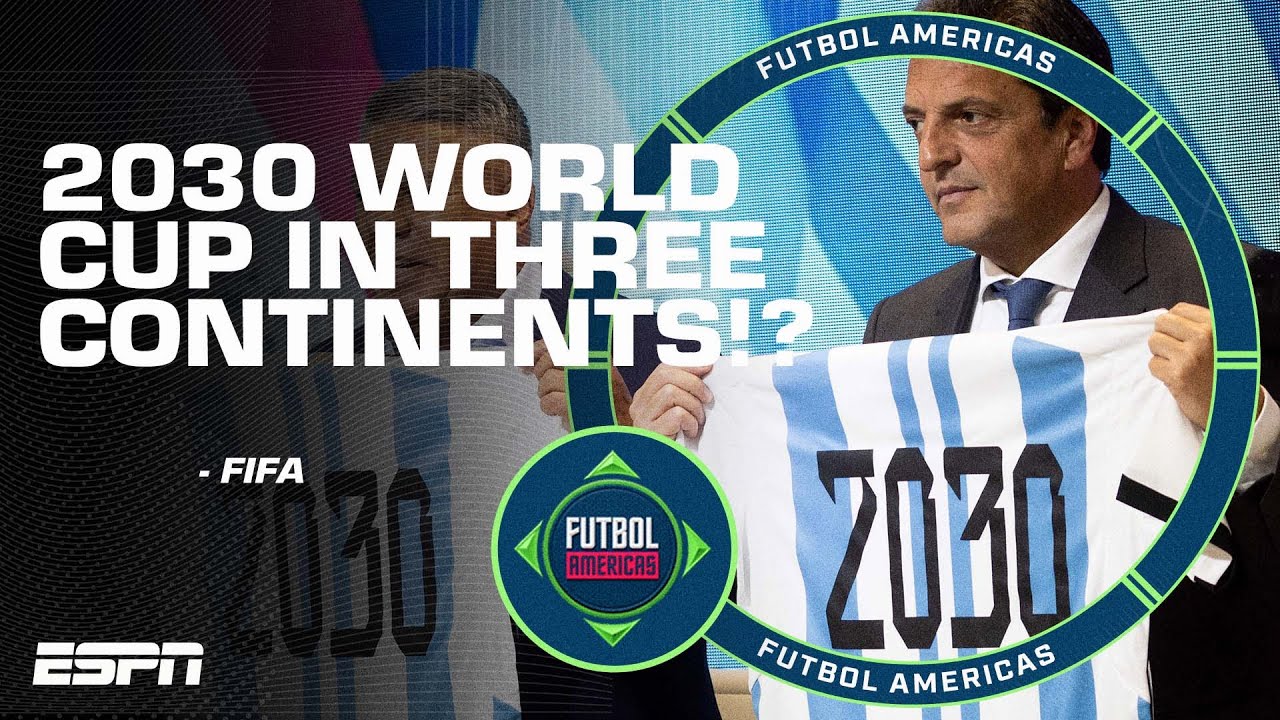In the grand theater of global football, where ambition often wrestles with logistics, a significant decision has been made regarding the future scale of its crown jewel: the FIFA World Cup. As the world gears up for the centennial celebration of the tournament in 2030, a proposal to dramatically expand the event to an unprecedented 64 teams has been, for all intents and purposes, kicked to the sidelines. FIFA, it appears, is opting for a measured approach, prioritizing competitive integrity and the existing business model over sheer volume.
The Expanding Horizon: From 32 to 48
The journey of the World Cup has always been one of evolution. For decades, the format of 32 nations vying for glory stood as a beacon of global competition. However, this era is already drawing to a close. The upcoming 2026 World Cup, hosted across the expansive territories of the United States, Mexico, and Canada, marks a significant shift, with the participant count increasing to 48 teams. This expansion was a monumental undertaking, promising more nations a taste of the biggest stage and, naturally, expanding FIFA`s reach and revenue streams.
A Centenary Proposal: The Push for 64
With the 2030 edition slated to commemorate the 100th anniversary of the inaugural tournament held in Uruguay in 1930, sentiments of history and inclusivity are running high. The main hosts for 2030 are set to be Spain, Portugal, and Morocco, with a special nod to the tournament`s roots as celebratory matches are also planned for Argentina, Paraguay, and Uruguay. It was within this celebratory atmosphere that CONMEBOL, the South American football confederation, floated the idea of an even grander spectacle: a 64-team World Cup.
The proposal, reportedly initiated by the Uruguayan delegation in March 2023, carried the weight of historical significance. For CONMEBOL, an expanded format could potentially guarantee all ten of its member nations a spot in the final phase, a dream scenario for countries like Venezuela, which has yet to qualify. As CONMEBOL President Alejandro Dominguez eloquently put it after a meeting with FIFA President Gianni Infantino, there`s a desire for “unity, creativity, and believing big” to make the centenary a truly “global celebration.” The sentiment is understandable: more teams, more dreams, more global participation.
FIFA`s Deliberation: Quality Over Quantity
However, the allure of “bigger” is not always irresistible. Despite the fervent advocacy, reports indicate that FIFA is not actively considering this further expansion for 2030. The reasoning, as conveyed by sources close to the organization, is rather pragmatic: a 64-team tournament would risk damaging the World Cup itself.
The core concerns revolve around two critical points:
- Uncompetitive Matches: Doubling the number of participants from the traditional 32 could dilute the quality of the group stages. The risk of lopsided scorelines and predictable outcomes against less-experienced national teams could diminish the spectacle that fans have come to expect. While inclusivity is noble, a World Cup where too many matches lack genuine competitive tension might lose its luster.
- Damage to the Business Model: This is where the technical, almost clinical, reality of modern sports administration comes into play. The World Cup is not just a sporting event; it`s a colossal economic engine. Match quality directly impacts viewership, which in turn influences broadcast rights, sponsorship deals, and overall marketability. A tournament perceived as “diluted” could see a decline in these crucial revenue streams, undermining the very financial stability that allows FIFA to operate and invest in football development globally. One might even detect a touch of irony: the continuous pursuit of greater reach, when unchecked, might inadvertently harm the golden goose.
The Logistical Conundrum of a 64-Team World Cup
Beyond the competitive and commercial considerations, the sheer logistical scale of a 64-team tournament warrants a pause. Imagine 128 matches played in less than a month – a dizzying schedule demanding an astronomical number of suitable stadiums, training facilities, hotels, and transportation networks. The coordination for such an event would be unprecedented, potentially stretching host nations to their absolute limits and creating a high-pressure environment for players, staff, and fans alike. The current 48-team format already presents substantial challenges, requiring three host nations for 2026. A 64-team event would likely necessitate even more, raising questions about feasibility and sustainability.
A Balanced Centenary
Ultimately, the decision to maintain the 48-team format for 2030, while including celebratory matches in South America, represents a carefully considered compromise. It acknowledges the historical significance of the centennial, offers an expanded platform for more nations than ever before, yet seemingly safeguards the tournament`s competitive integrity and formidable business appeal. In a world constantly pushing for more, bigger, and faster, FIFA`s reported stance suggests a rare moment of caution, recognizing that sometimes, enough is indeed enough.
As the countdown to 2030 continues, the focus will remain on delivering a memorable and competitive tournament, one that honors its rich past without compromising its vibrant future.

